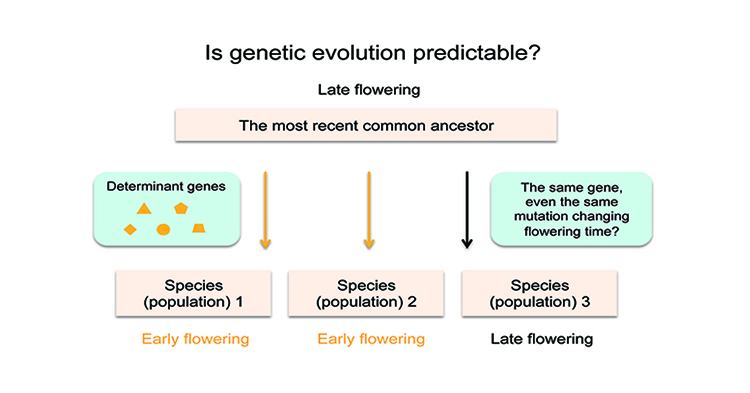
Is Genetic Evolution Predictable?
Research, The Plant Cell, The Plant Cell: In a NutshellYang et al. investigate the evolution of flowering time in the young species Capsella rubella. https://doi.org/10.1105/tpc.18.00124
Background: Flowering time is an important adaptive life-history trait in plants. Capsella rubella, a close relative of Arabidopsis thaliana and—in evolutionary time—a…
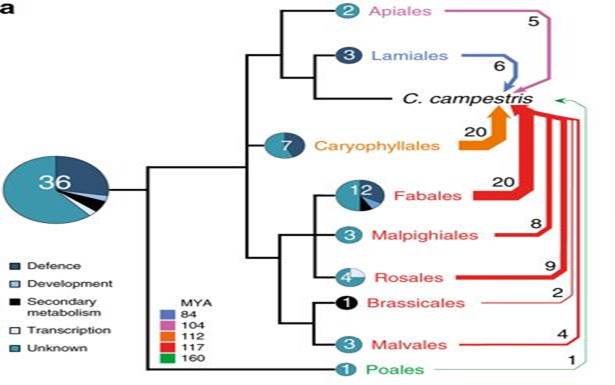
Footprints of parasitism in the genome of the parasitic flowering plant Cuscuta campestris (Nature Comms)
Plant Science Research WeeklyEven without knowing a lot about parasitic plants, you can probably guess some of the insights that come from the first parasitic plant genomic sequence. Because parasitic plants get their nutrients from another organism (functionally, they become heterotrophic), you might expect they would gradually…

Genome assemblies of maize lines Mo17 and W22: Extensive intraspecific variation, and resource for functional biology (Nature Genetics)
Plant Science Research WeeklyThe maize genome is largely composed of transposable elements, which is one reason maize has been such a powerful genetic model. However, these transposons also mean that there is a great deal of genetic variability between inbred lines, which can contribute to heterosis (hybrid vigor). In a pair of…
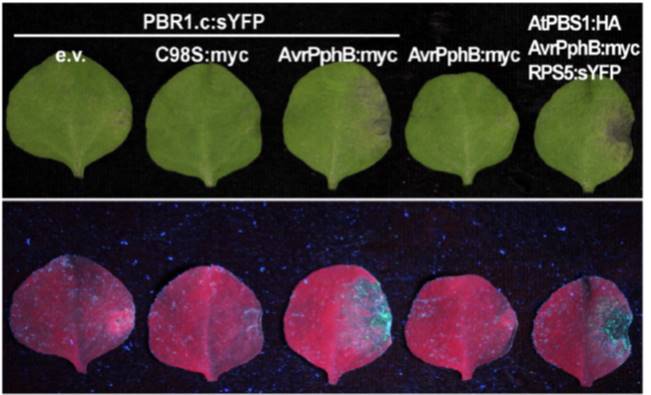
Convergent evolution of effector protease recognition by Arabidopsis and barley (bioRxiv)
Plant Science Research WeeklyPathogenic bacteria Pseudomonas syringae produce an effector protein, AvrPphB. The indirect interaction between this bacterial effector and the Arabidopsis resistance (R) protein RPS5 has been characterized previously; AvrPphB is a cysteine protease that targets another plant protein, PBS1, causing it…
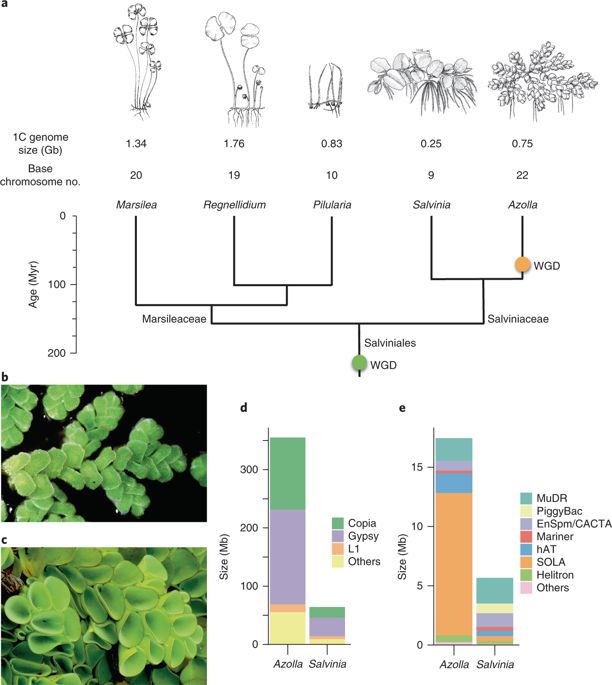
Aquatic fern genomes provide insight into land plant evolution and symbiosis (Nature Plants)
Plant Science Research WeeklyLand plants evolved from freshwater charophytic algae over ~450 million years ago and have since diverged into the plethora of embryophyte genera that we see today. Genomics efforts have classically focused on key angiosperm species representing experimental model systems and/or agriculturally important…
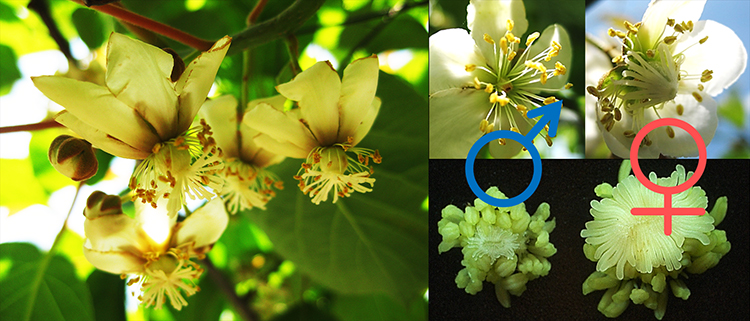
Gender Identity in Kiwifruit
Research, The Plant Cell, The Plant Cell: In a NutshellAkagi et al. identify a gender determining gene in kiwifruit. The Plant Cell (2018). https://doi.org/10.1105/tpc.17.00787
By T. Akagi, I. M. Henry, H. Ohtani, T. Morimoto, K. Beppu, I. Kataoka, and R. Tao
Background: In flowering plants, hermaphroditism, or the presence of both male and female…

Of puzzles and pavements: a quantitative exploration of leaf epidermal cell shape (bioRxiv)
Plant Science Research WeeklyArabidopsis plants have epidermal pavement cells (the cells that make up the bulk of the epidermis, other than guard cells or trichomes) that are often described as “jigsaw puzzle” shaped, and, because Arabidopsis is such a useful model organism, we have nice models for how these distinctive shapes…
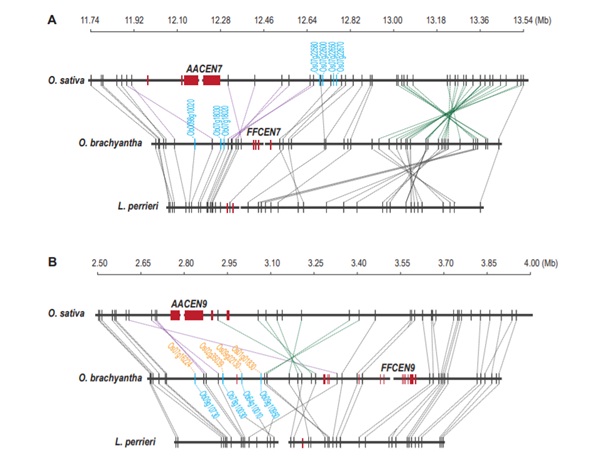
Chen Mingsheng's research team found an evolutionary trend of genes fleeing the centromere region
Blog, The Plant Cell, The Plant Cell: NewsArticle source: http://theworldseeds.cn/index.php?p=152804 (Translated by Google Translate)
The centromere and its surroundings are the fastest-evolving and most complex areas of the plant genome. The centromere and near centromere regions not only undergo rapid sequence changes and structural remodeling,…
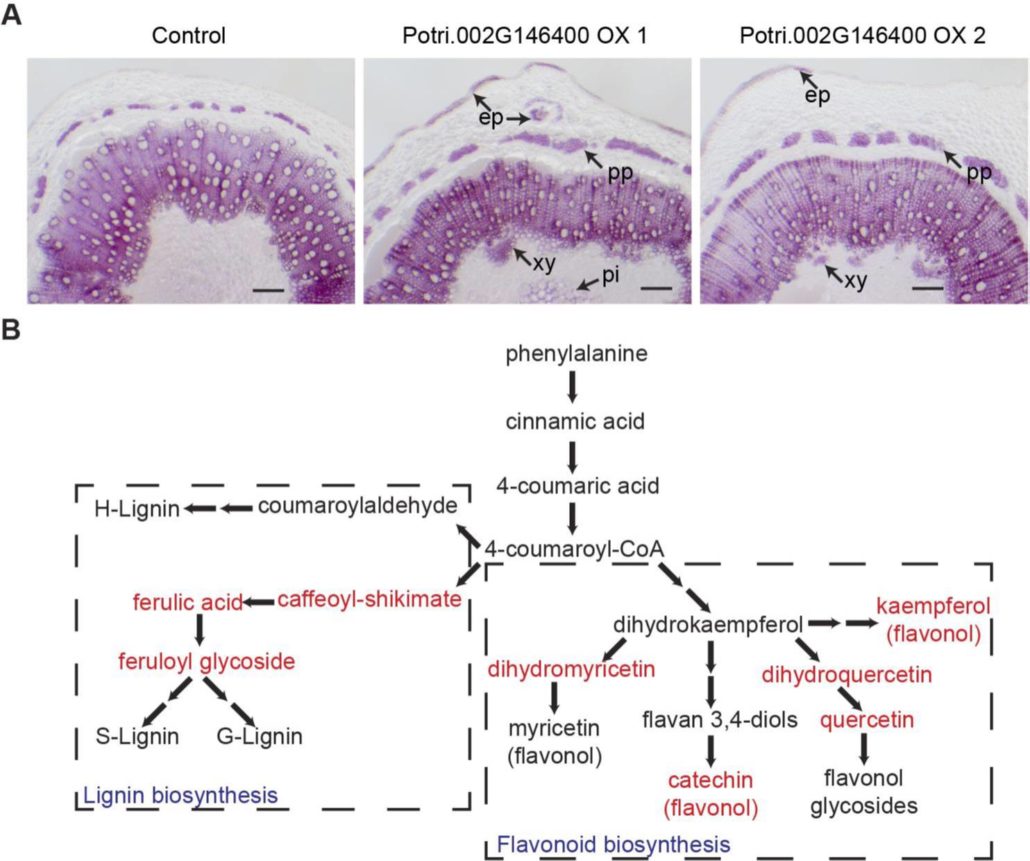
A 5-enolpyruvylshikimate 3-phosphate synthase functions as a transcriptional repressor in Populus
Plant Science Research WeeklyHere’s a fascinating story; starting with an association study, Xie et al. found that a protein previously identified as an enzyme involved in phenylpropanoid metabolism (specifically, 5-enolpyruvylshikimate 3-phosphate synthase, EPSP) also acts as a transcriptional regulator of this pathway, not only…

